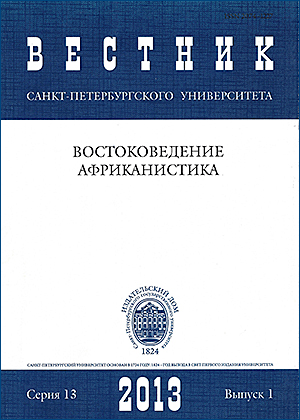The Koko Nor Rebellion of 1723–1724 and its place in the history of Tibet
Abstract
The rebellion against the Qing Empire initiated by a Gushi Khan’s grandson Lobsang Danjin in 1723–1724 was an important event not only in the history of Koko Nor (Qinghai) but it also influenced the situation in Jungaria and Tibet. It would not be an exaggeration to regard the suppression of this rebellion by the Manchus as a pivotal event in the history of the eastern Inner Asia. The present article is mainly based on two modern editions of the collected documents in Chinese: “Nian geng yao zou zhe” (“The memorials of Nien Kкng-yao. Ch’ing documents at National Palace Museum”) and “Yong zheng chao han wen zhu pi zou zhe hui bian” (“The collection of the reports to emperor Yongzheng in Chinese with comments”), as well as “The annals of Kokonor” written in Tibetan by Sumpa-kenpo Yeshй-Paljor who witnessed these events. The futile rebellion by Lobsang Danjin was a response to the establishment by military force of the Qing rule in Lhasa in 1720. However, he was not supported by the Jungars and even by the majority of the Hoshot Mongols, his compatriots. In the course of the warfare many Tibetan lamas were massacred and their monasteries were destroyed. Thus the descendents of Gushi Khan had to abandon their claims for the kingship of Tibet, and the suppression of Lobsang Danjin’s rebellion marked the final shift of power over Tibet to the Qing emperors of China. The Yongzheng emperor ably used the conquest of Koko Nor to achieve a firm control over Tibetan population and Buddhist clergy. However, by rebuilding the destroyed monasteries and by executing the Chinese military commander Nian Gengyao he maintained his image of a defender of the Yellow Faith.
Keywords:
Tibet, China, Lobjang Danjin, Qinghai, Kokonor, Yong Zheng, Nian Gengyao
Downloads
References
References
Downloads
Published
How to Cite
Issue
Section
License
Articles of "Vestnik of Saint Petersburg University. Asian and African Studies" are open access distributed under the terms of the License Agreement with Saint Petersburg State University, which permits to the authors unrestricted distribution and self-archiving free of charge.





